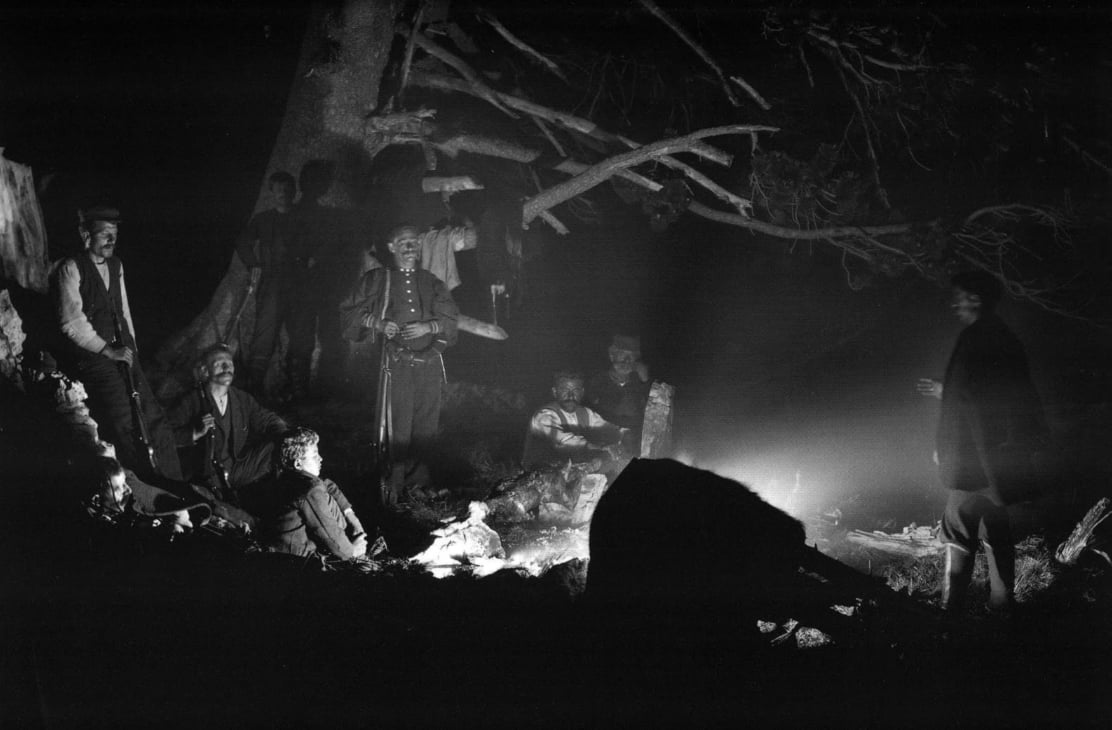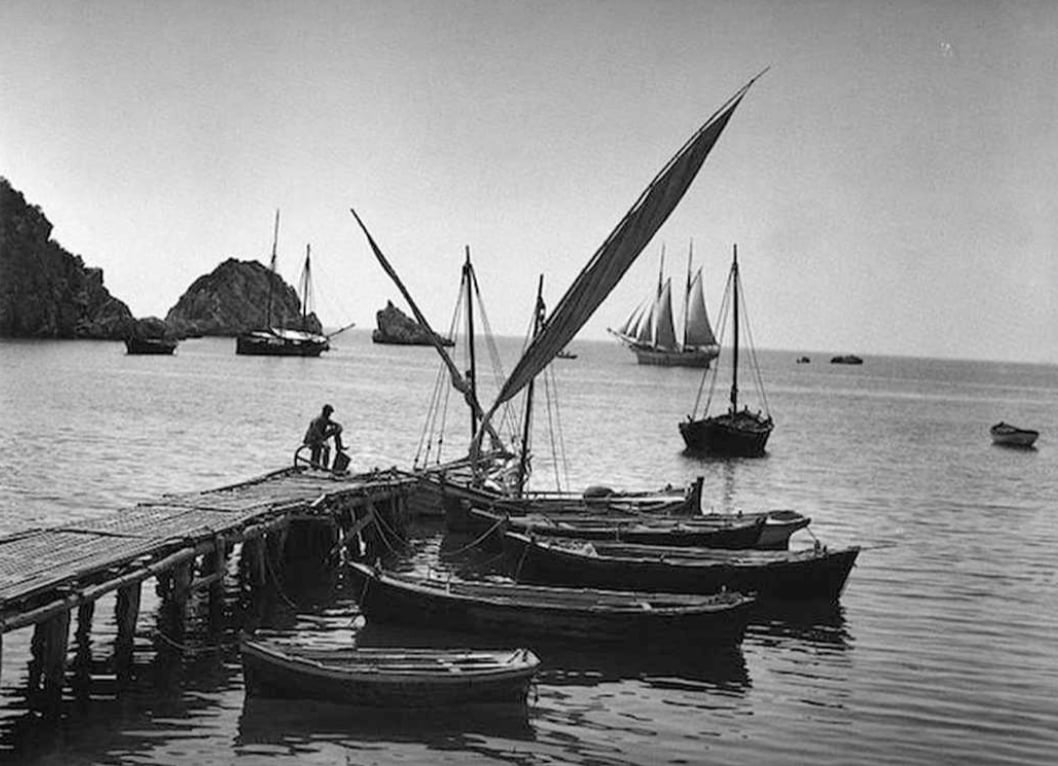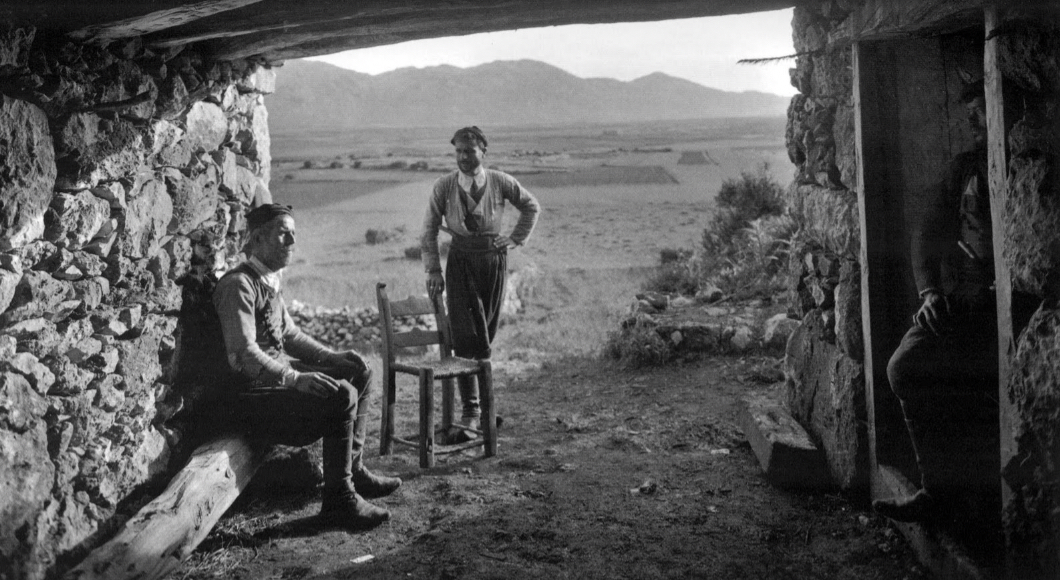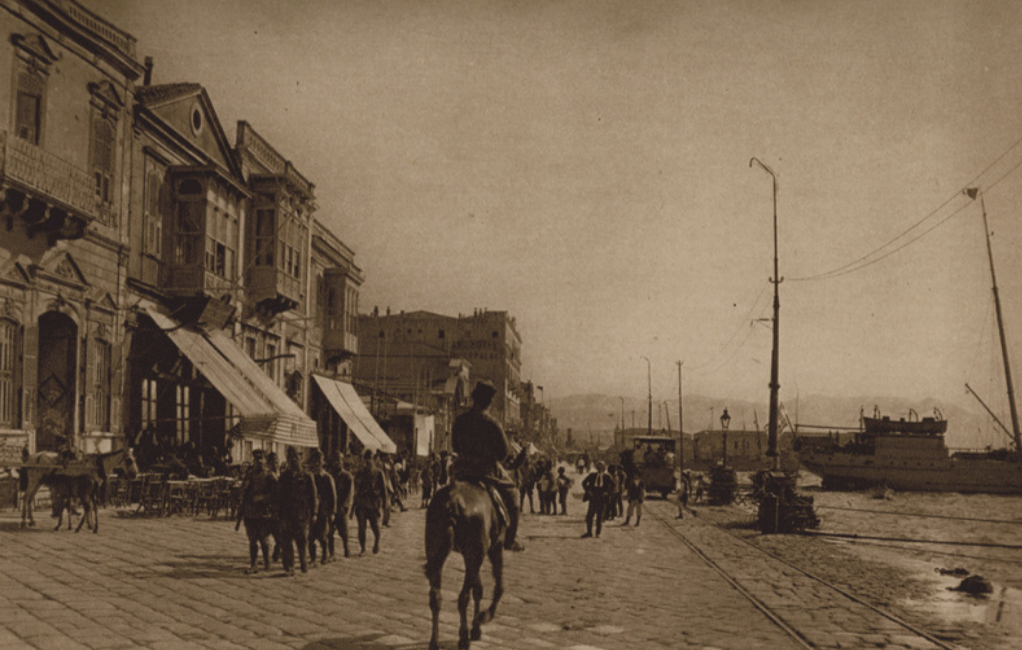
Photographer François-Frédéric Boissonnas took some of the most beautiful images ever captured of Greece during his travels throughout the country.
By Eugenia Russell
This October is the 76th anniversary of the death of the great Swiss landscape photographer François-Frédéric Boissonnas (June 18, 1858 to October 17, 1946), “the photographer who fell in love with Greece.”

François-Frédéric Boissonnas, known as Fred Boissonnas, is regarded as one of the giants of the early photography of Greece along with Félix Adrien Bonfils (1831 –1885), William James Stillman (1828– 1901), Elli Sougioultzoglou-Seraidari, known as Nelly’s (1899–1998), and Pascal Sébah (1823–1886).
Boissonnas’ exhibition in Paris in 1919 of 550 photographs from Epirus and Macedonia, Visions of Greece, greatly impacted the cultural scene of Europe. He obtained support in his endeavors from the Greek government which realized the potential of his work in raising the political and economic profile of the country.
His beautiful landscapes are some of the earliest to document the Greek countryside, and the photographer’s affinity for the Greeks is evident in their intimate and engaging portrayal.
He spent thirty years from 1903 to 1933 photographing his beloved Greece. A great photographer of the people, Boissonnas left behind fine images of neighborhoods, markets, local monuments, shepherds, villagers, and everyday life in general.

Boissonnas captured Greece in all its beauty
Art historian Ioli Vingopoulou speaks of the ‘Doric simplicity’ of the human figure in his images and the ‘Doric vigour’ of the monuments he photographed.
Enthralled by the classics, Boissonnas had the images in one of his photographic albums accompanied by verses from Homer’s Odyssey.
His photographs of the Parthenon were much admired and used in the classic book of essays Vers une architecture (Towards an architecture) by the great architect and writer Le Corbusier. Poignantly, his are also some of rare collections of images of Smyrna before the destruction of the city in 1922.

Boissonnas traveled the length and breadth of Greece in search of the perfect shot, indeed through “the mountains and the valleys.” One of his most celebrated books is entitled En Grece Par Monts et Par Vaux (Greece Through The Mountains and The Valleys), which he published at his own expense in his native city of Geneva in 1936.
The book was co-authored with his friend from Geneva and fellow-traveler Daniel Baud-Bovy, an art historian in love with Greece. The two men were intrepid trekkers and travelers.
They visited the north of Greece in 1913 only one year after the region’s liberation from the Ottoman Empire. One of the great accomplishments for which they are remembered fondly in Greece is the conquest of Mytikas, the highest peak of Mount Olympus.
This was an old dream for both of them, but the two friends realized that local knowledge was required in order to tackle such a challenge.
They were aided in their assent by Christos Kakkalos, a wood-cutter and wild goat hunter from nearby Litochoro who would become the most famous guide for climbers of the mountain. Kakkalos continued as a guide until 1972 and is honored with a refuge on the mountain bearing his name.
The famous first climb, which took place in 1913, was challenging due to the weather, difficult terrain, and conditions; additionally, Boissonnas was carrying his heavy photographic equipment with him.
Amidst the challenges of the climb and surrounded by storm clouds, the group faced a major setback when they realized they had climbed the wrong peak.
As they thought it was the top of Olympus, they named it “Pic de la Victoire” (Peak of Victory).
They wrote: “Today, on the second of August 1913, at 9 in the morning, after having spent the night in a woodcutters’ hut at Mavrolongos, and accompanied by Christos Kakkalos, who was the only one to climb up to the top, Nikos Bistikos from Litochoro, and the shepherd Athanasios Katradzis, who remained on the ridge, we reached the top of Mount Olympus, which we named Peak of Victory, in honor of King Constantine. Mist, gales, frozen rocks.”
Once they finally conquered Mytikas, Boissonnas recalled that he was inspired by the fire of Prometheus to keep trying, which he believed existed in the heart of every person.
They returned to climb Olympus again in 1919 and 1927. Having shown the incomparable beauty of the area in the beautifully produced La Grèce Immortelle (Geneva, 1919), they paved the way for many mountain lovers to visit the region of Pieria.
About an estimated 1,000,000 people have climbed Mount Olympus since.
Apart from Daniel Baud-Bovy, Boissonnas was also assisted in his travels by the famed translator of Homer into French, Victor Bérard, a French diplomat with a special interest in the geography of The Odyssey.
Boissonnas’ firm in Geneva was continued by his sons, several of whom were photographers; the studio closed in 1990. His third son, Henri-Paul Boissonnas (1894–1966), a noted photographer in his own right, was also an art restorer.
He rivals his father as an early landscape photographer of Greece, and many of his photographs can be seen in the Benaki Museum.
See all the latest news from Greece and the world at Greekreporter.com. Contact our newsroom to report an update or send your story, photos and videos. Follow GR on Google News and subscribe here to our daily email!



